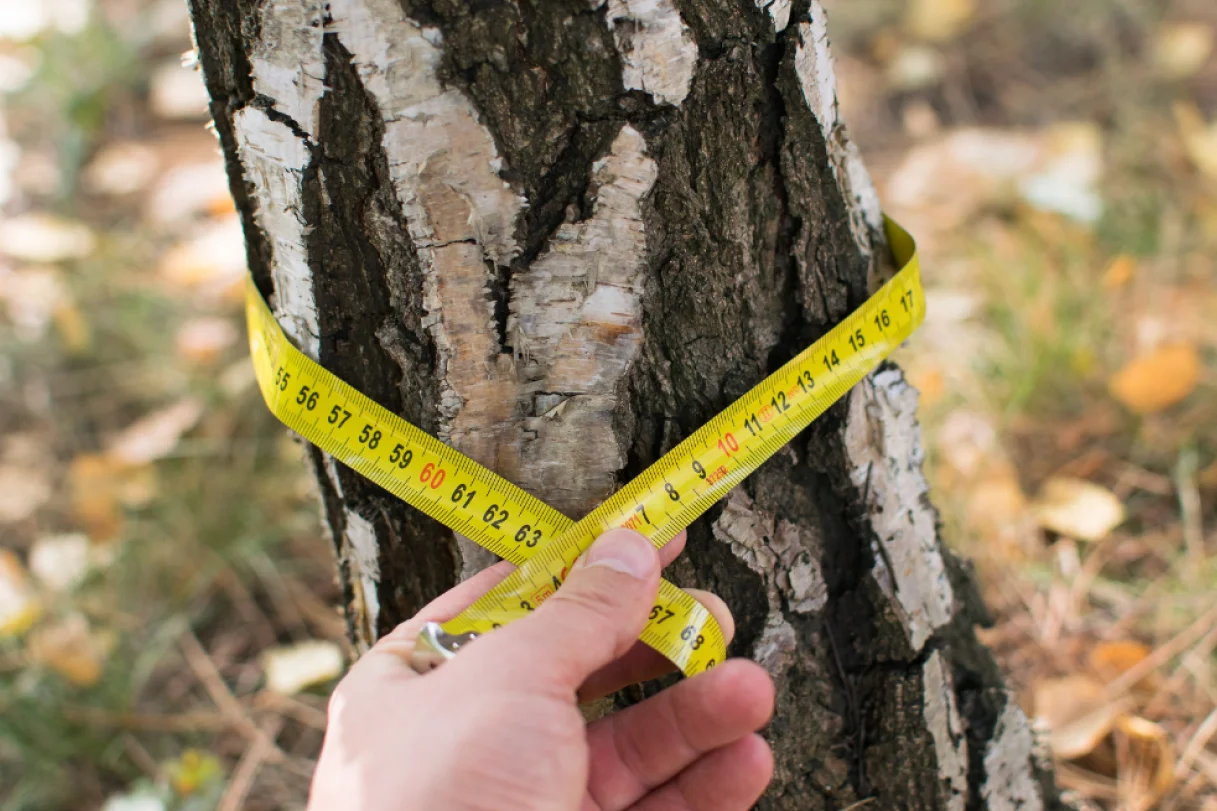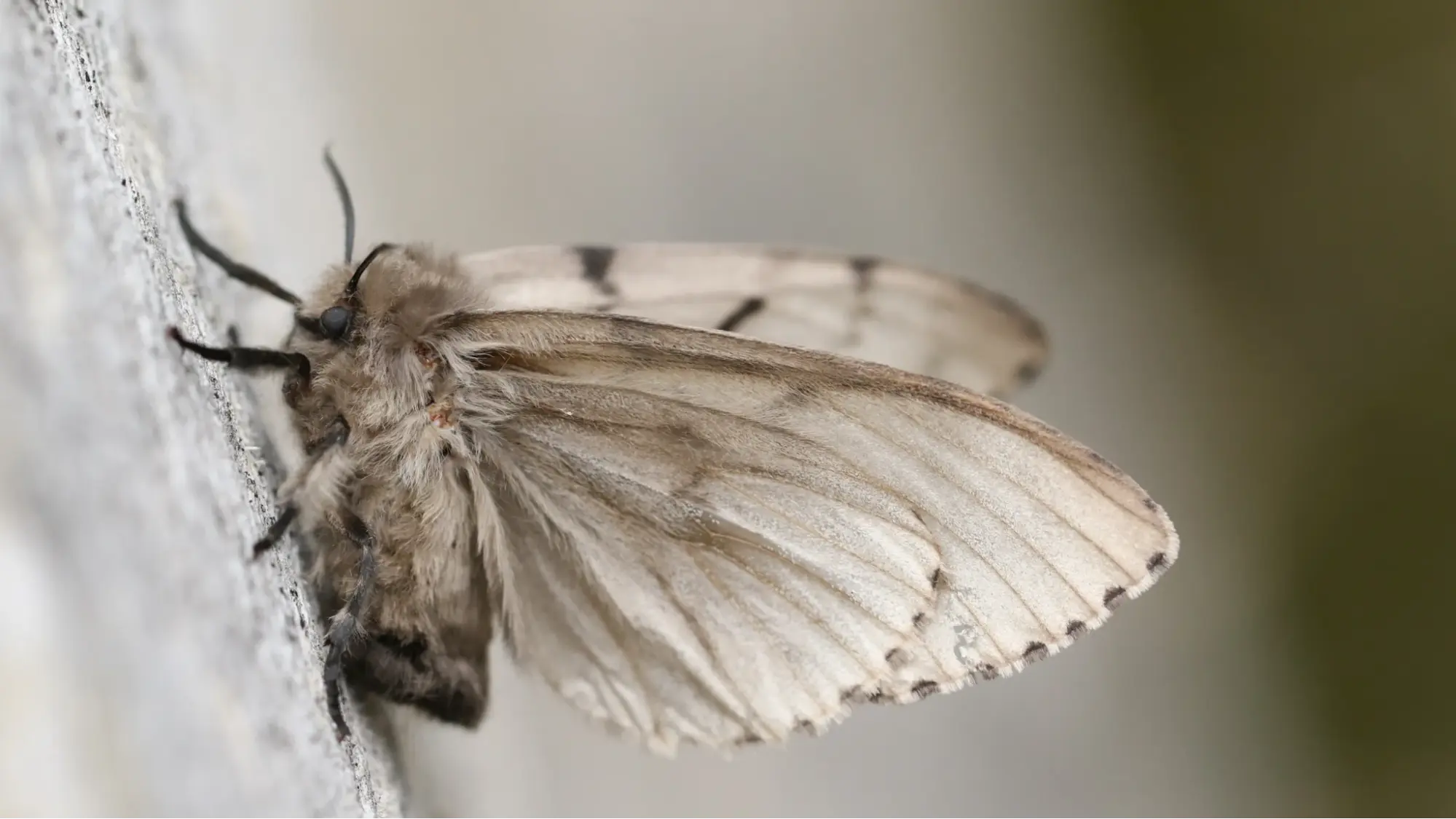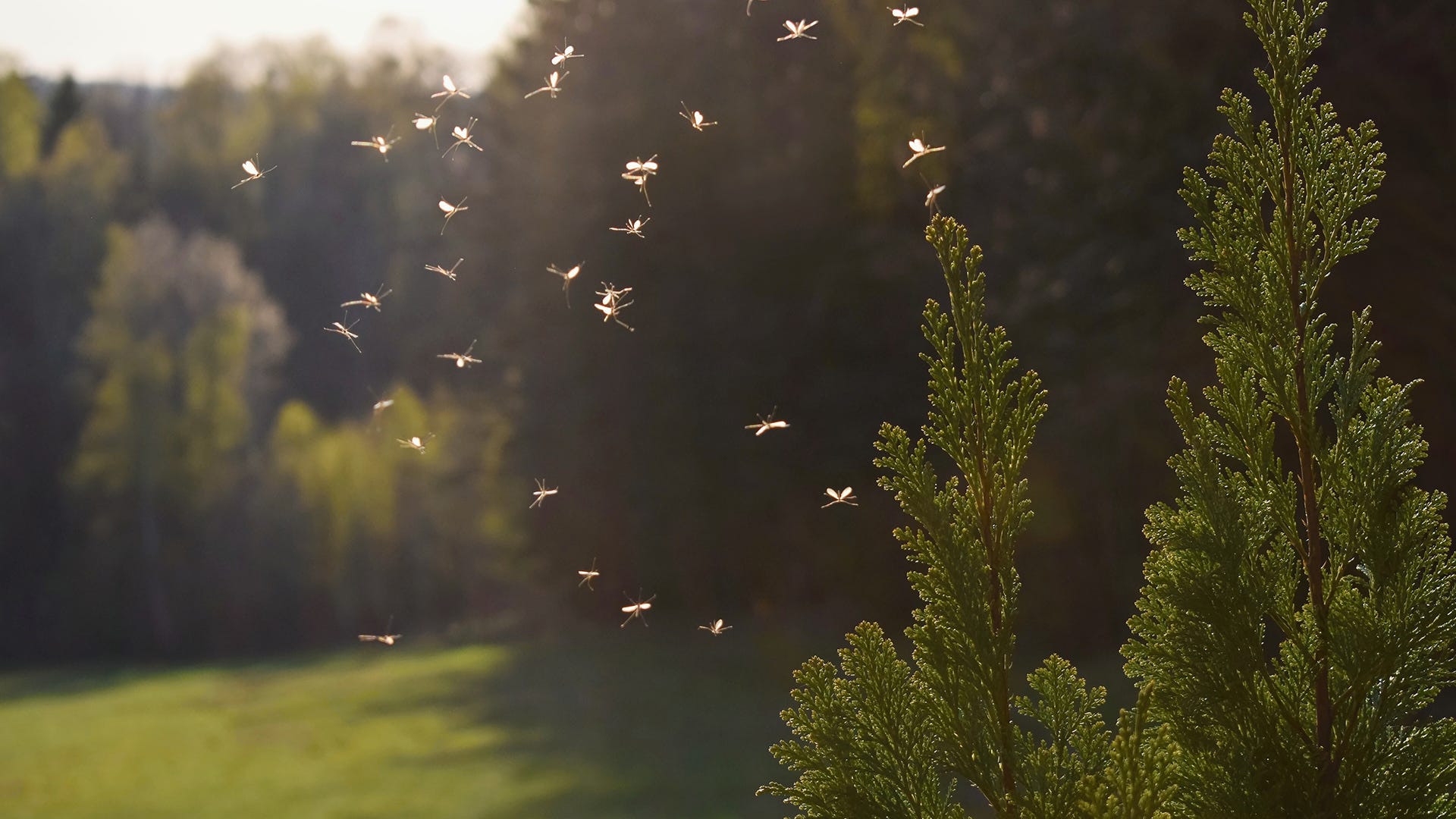Trees are about 50% water. So in the dead of winter, with temperatures reaching double-digits below fre ezing, how do trees not freeze and burst like water pipes? The truth is, that often enough trees do freeze in the winter, at least in part. If you have ever taken a silent walk through the woods in winter and heard a sudden popping or cracking sound, that is most likely the sound of a tree freezing and bursting. However, this often not as damaging or deadly to the tree as it sounds. In order for the tree to survive, it only needs to keep the living cells from freezing, and much the “wood” in a living tree is actually made up of dead cells.
ezing, how do trees not freeze and burst like water pipes? The truth is, that often enough trees do freeze in the winter, at least in part. If you have ever taken a silent walk through the woods in winter and heard a sudden popping or cracking sound, that is most likely the sound of a tree freezing and bursting. However, this often not as damaging or deadly to the tree as it sounds. In order for the tree to survive, it only needs to keep the living cells from freezing, and much the “wood” in a living tree is actually made up of dead cells.
If you think back a little to your old science and biology classes, there were two main types of tissue in the trees that contain water: Xylem and Phloem. Xylem are the ones that draw water and nutrients from the roots up into the leaves. Phloem which carries the energy created from photosynthesis in the leaves, back down. These tissues are made up of tens of thousands of tiny little tubes. So if a few of these actually do freeze and burst, the tree has plenty more that will do the work just fine. These tissues are also more flexible than steel pipes, and they can stretch to a certain degree before bursting.
But there are other mechanisms that trees use to stay alive in the winter. After all, if the temperature stays at -20 degrees for weeks on end, the entire tree would eventually freeze over since it does not produce any heat of its own like mammals do.
Trees begin their winter preparations around the time that summer changes into fall. Deciduous trees, for example, shed their leaves because they would not be able to maintain them alive during the winter. But what about pines and other needle-leaved conifers?  Their strategy is to turn the water that flows inside them into a biological anti-freeze. This works in the same way salt spread on sidewalks melt the snow. The dissolved molecules lower the freezing temperature of water. In the case of trees, instead of salt it uses sugars produced from photosynthesis. A high concentration of these and other minerals thickens this water into tree sap. Many trees increase their concentration for the winter months by either producing more sugars and releasing or evaporating the water inside them.
Their strategy is to turn the water that flows inside them into a biological anti-freeze. This works in the same way salt spread on sidewalks melt the snow. The dissolved molecules lower the freezing temperature of water. In the case of trees, instead of salt it uses sugars produced from photosynthesis. A high concentration of these and other minerals thickens this water into tree sap. Many trees increase their concentration for the winter months by either producing more sugars and releasing or evaporating the water inside them.
Some trees, like Birches and Maples, combine a less extreme form of this biological anti-freeze with shedding leaves in the winter. This noticeably sweeter sap is theone that is boiled down to create maple syrup, mainly from Acer saccharum or Sugar Maple trees.
During the months of winter, both deciduous trees and evergreens go into a dormant state very similar to hibernation in animals. During this period, everything in the tree slows down or stops. There is no growth, no production of energy from photosynthesis, and a slowed metabolism allows the tree to survive the winter off of the food it has stored.
Winter is an ideal season to prune many trees. Pruning while they are dormant,invigorates them and promotes fast regrowth when spring comes. This is because the remaining branches will get more water, nutrients and energy from the trunk and roots. Also, pruning in the winter helps reduce the incidents of infections or disease.
There exceptions to this ideal pruning season, especially as it gets close to early spring, and these are Maples, Birches and Elms. You may have already guessed the reason for this:These trees will ooze or bleed large amounts of sap, which is not inherently dangerous to the tree, but the sticky, sugary sap can make a mess of things directly under the tree.











